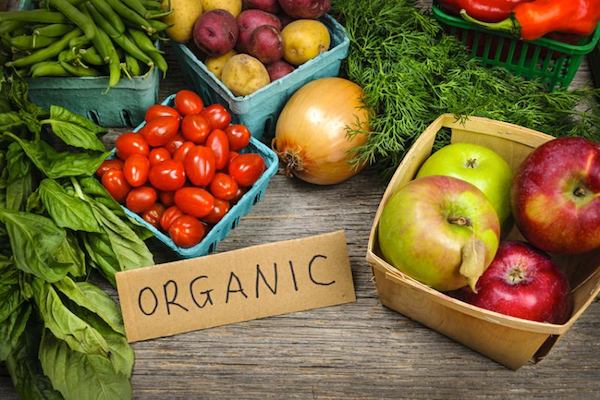
Sales of organic food are increasing at a substantial rate in Western Europe and the US, according to a new report.
The organic food industry in Western Europe and the US has been experiencing a prolonged period of high single-digit to low double-digit sales growth—and, on the back of ongoing health, food safety, and environmental and animal welfare concerns by thinktank Rabobank expects this trend to continue.
Until 2025, organic food sales in Western Europe and the US are forecast to grow (CAGR) by 6.7% and 7.6%, respectively.
That is roughly three times faster than overall food consumption growth.
'Food producers should increase their focus on organic, through new products and brands, or through the reformulation of existing products to help grow their top lines', the report suggests.
It states this transition will also help them to position themselves as 'responsible businesses'.
Short-term growth in the US is somewhat higher, but a prolonged, much higher growth rate is unlikely, as the supply chain is currently not sufficiently established.
Organic food increasingly appeals to ‘concerned’ consumers
Today’s informed consumers in Western Europe and the US are demonstrating an increasing appetite to buy organic food.
Health concerns, food scandals and environmental issues have always been around.
And the growth of organic food consumption is not a new phenomenon, but an acceleration in the way consumers are being informed—for example, via social media.
Increasing supply chain transparency and new scandals are all resulting in a changing zeitgeist, the result of which is ongoing robust growth in organic food sales.
Rabobank estimates that, between 2005 and 2015, organic food sales (CAGR) rose 7.9%, to EUR 38bn, and 11.4%, to USD 39bn, in Western Europe and the US, respectively.
These growth rates were substantially above overall food sales growth rates, which were especially low in Western Europe, due to the aftermath of the 2008 financial crisis.
And while consumers were trading down because of the financial crisis, they did not cut back on organic food spending.
